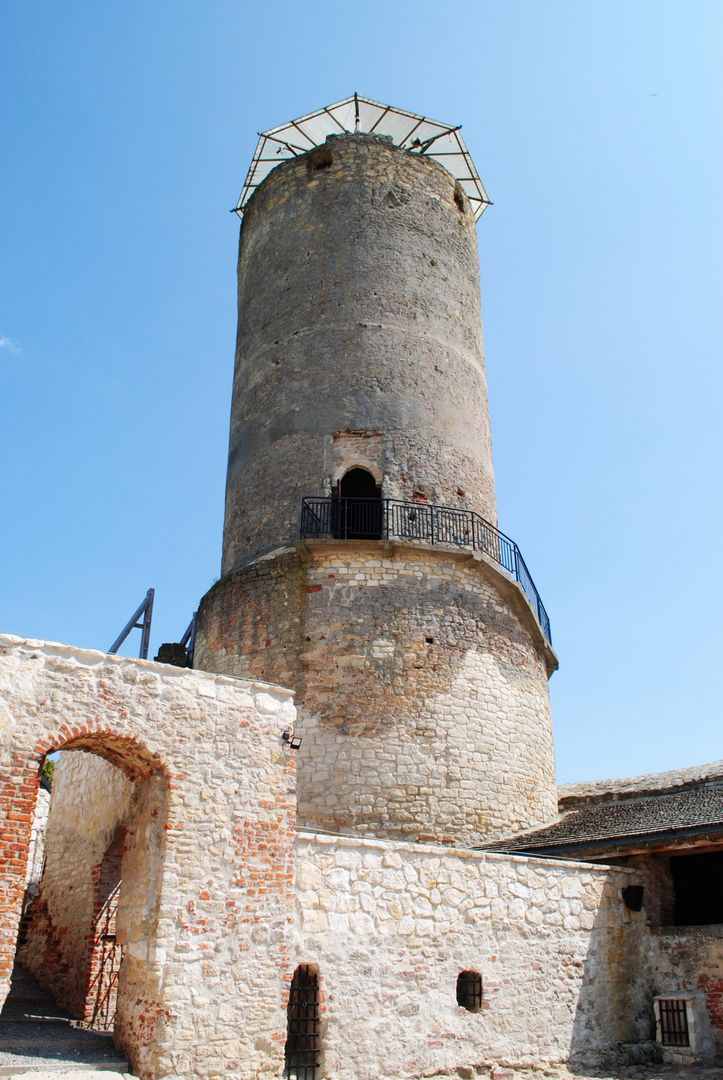Iłża Castle
7.32

Overview
Iłża Castle is a historic monument with a rich history, likely built between 1326 and 1347 on the initiative of Kraków Bishop Jan Grot. Originally a Gothic structure, it consisted of a round tower and buildings surrounded by defensive walls, which were later reinforced by Bishop Florian of Mokrsko. The castle was an important site where King Władysław Jagiełło stayed between 1386 and 1432. In the 16th century, the castle was remodeled in the Renaissance style under the direction of Bishop Filip Padniewski. The expansion included new fortifications and architectural decorations such as attics. In the 17th century, the castle became a renowned meeting place for monarchs and gained a new, regular layout. However, it suffered destruction during the Swedish Deluge and in the early 18th century due to fighting during the Bar Confederation. After falling into the hands of the Austrian state, the castle lost its significance, and its remains were repurposed as building materials. Protection of the ruins was undertaken by Tadeusz Lubomirski, and restoration efforts continued in subsequent years, though further damage occurred during both World Wars. Today, the castle is open to visitors, hosts historical events, and its tower is protected by a dome shielding it from the elements. Iłża Castle not only serves as a tourist attraction but also stands as an important element of the region's culture and history.
Location
2025 Wizytor | All Rights Reserved